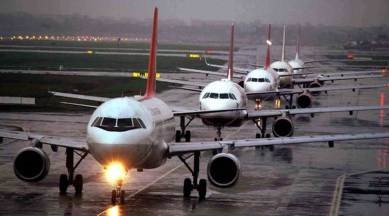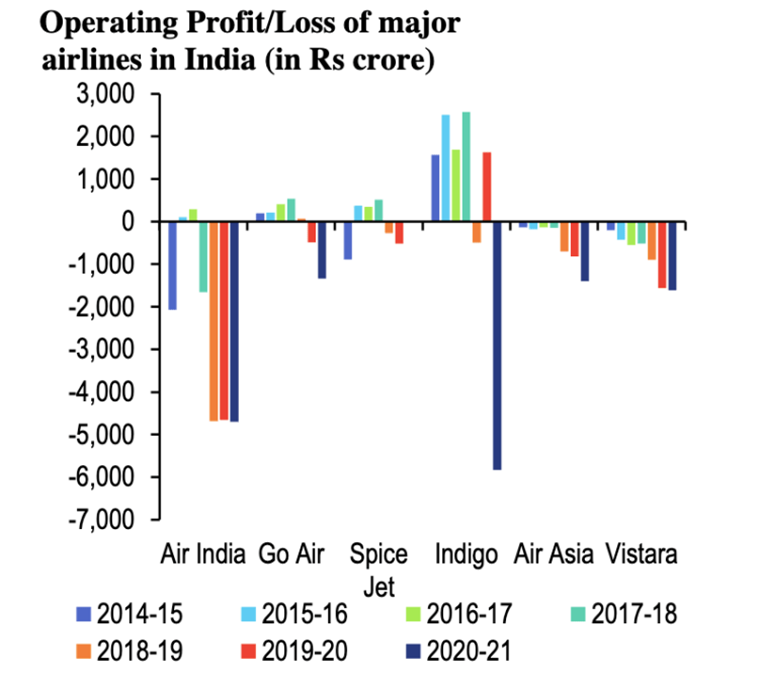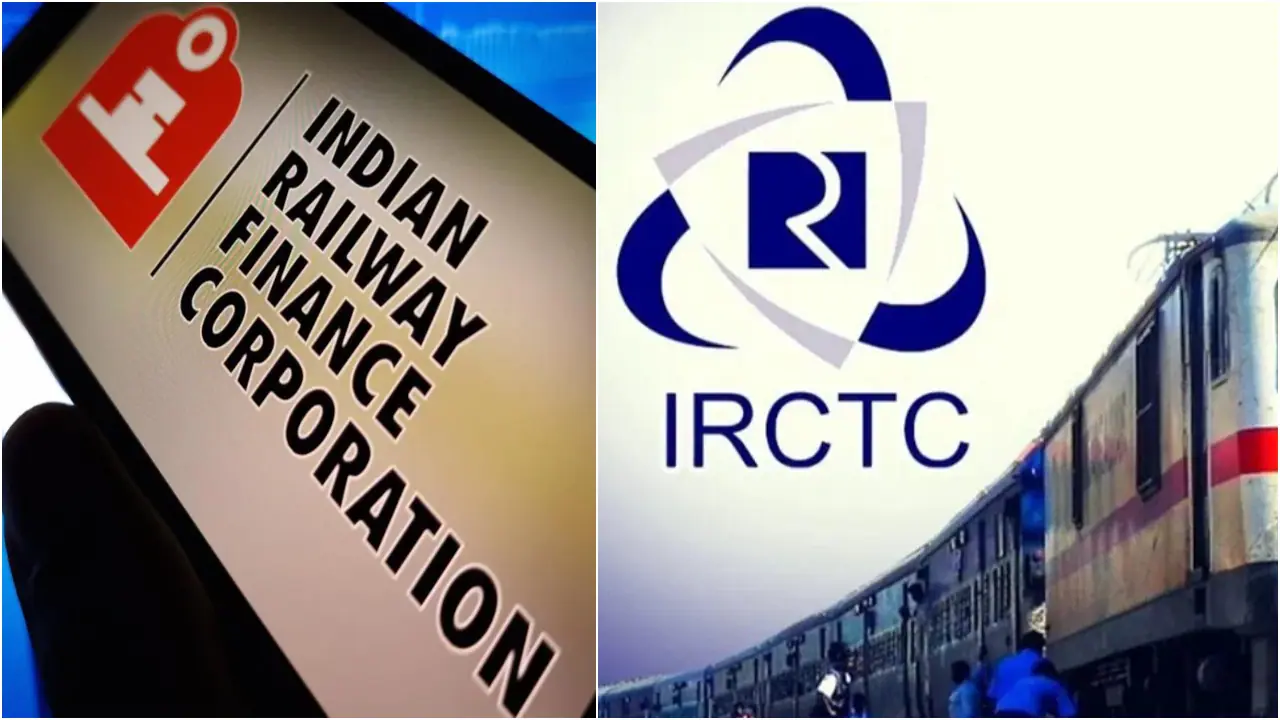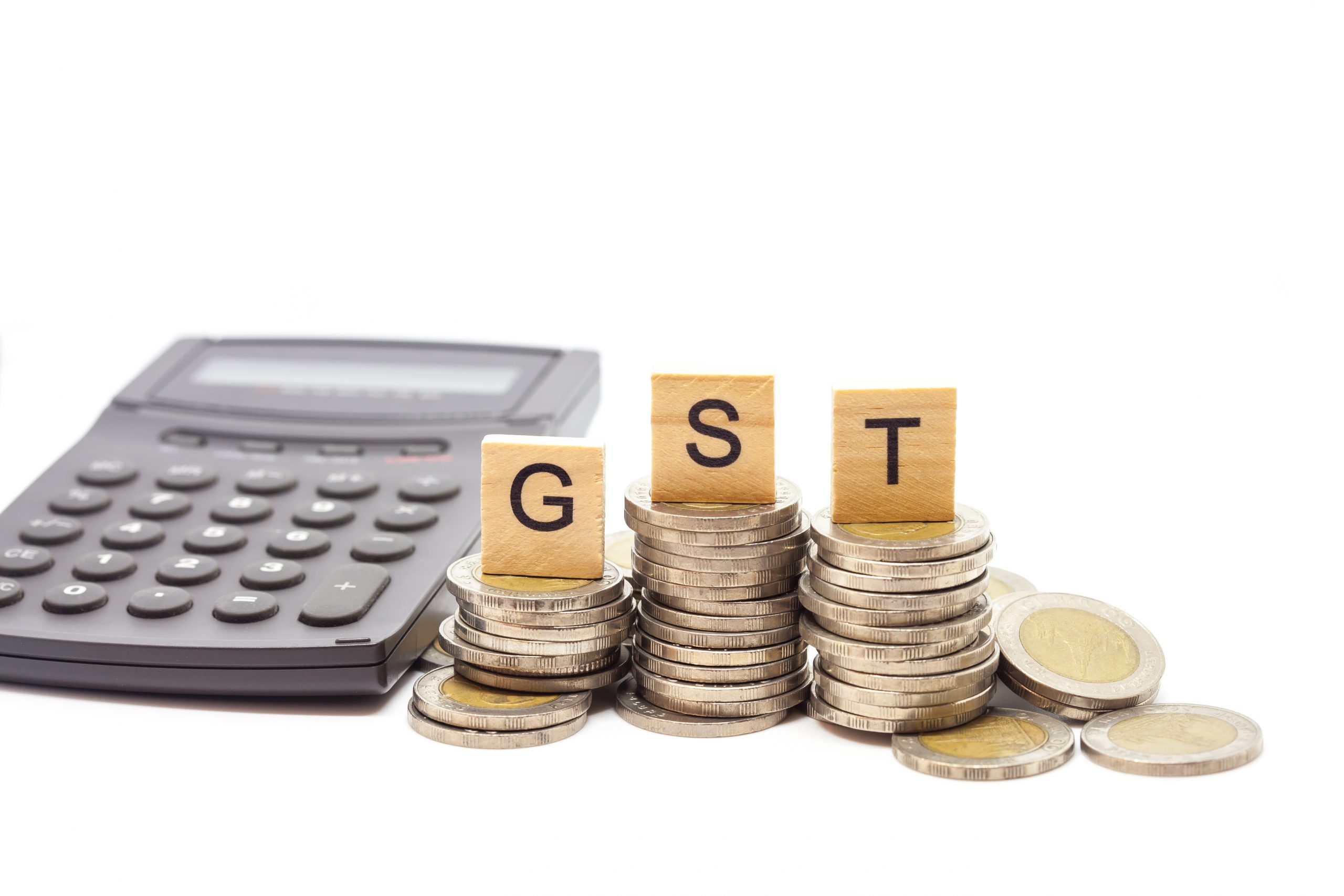- Courses
- GS Full Course 1 Year
- GS Full Course 2 Year
- GS Full Course 3 Year
- GS Full Course Till Selection
- Answer Alpha: Mains 2025 Mentorship
- MEP (Mains Enrichment Programme) Data, Facts
- Essay Target – 150+ Marks
- Online Program
- GS Recorded Course
- Polity
- Geography
- Economy
- Ancient, Medieval and Art & Culture AMAC
- Modern India, Post Independence & World History
- Environment
- Governance
- Science & Technology
- International Relations and Internal Security
- Disaster Management
- Ethics
- NCERT Current Affairs
- Indian Society and Social Issue
- NCERT- Science and Technology
- NCERT - Geography
- NCERT - Ancient History
- NCERT- World History
- NCERT Modern History
- CSAT
- 5 LAYERED ARJUNA Mentorship
- Public Administration Optional
- ABOUT US
- OUR TOPPERS
- TEST SERIES
- FREE STUDY MATERIAL
- VIDEOS
- CONTACT US
Airport infrastructure in India
Airport infrastructure in India

Airport infrastructure in India
- The aviation industry in India has seen significant growth over the past decade. India has become one of the fastest-growing aviation markets in the world, with a high demand for air travel due to a growing middle class, increasing disposable income, and a thriving tourism industry.
- The aviation industry in India is mainly divided into two segments: scheduled airlines and non-scheduled airlines. Scheduled airlines operate regular flights on a predetermined schedule and include major players like Air India, IndiGo, SpiceJet, Vistara, and GoAir. Non-scheduled airlines, also known as charter airlines, operate flights on demand and cater to a specific customer base.
Some data and facts about the Indian aviation industry:
- India has the third-largest domestic aviation market in the world after the United States and China. In 2019, Indian airlines carried over 140 million domestic passengers.
- The Indian aviation industry has seen rapid growth in the past decade. In 2010, the Indian aviation industry carried around 61 million domestic passengers, which has grown by over 130% to over 140 million domestic passengers in 2019.
- The Indian aviation industry is expected to be the world's largest by 2030, with an estimated 572 million passengers expected to travel by air in India.
- The Indian aviation industry is dominated by low-cost carriers (LCCs) like IndiGo, SpiceJet, and GoAir, which account for around 70% of the domestic market share.
- The busiest airport in India is the Indira Gandhi International Airport in Delhi, which handled over 69 million passengers in 2019. The Mumbai Chhatrapati Shivaji Maharaj International Airport is the second busiest, with over 48 million passengers in 2019.
- The Indian aviation industry has a strong focus on safety, and the country's Directorate General of Civil Aviation (DGCA) is responsible for ensuring safety standards are met. In 2020, the DGCA was recognized by the International Civil Aviation Organization (ICAO) for its safety oversight program.
- The Indian government has introduced policies like the Regional Connectivity Scheme (RCS) to improve air connectivity to remote and regional areas of the country. Under the RCS, airlines are given financial incentives to operate flights to remote and underserved areas.
- The Indian aviation industry has faced several challenges in recent years, including high operating costs, regulatory issues, and intense competition among airlines. The COVID-19 pandemic has also severely impacted the industry, leading to a significant decline in air traffic and revenues.
- The Indian aviation industry has been liberalized in recent years, with the government relaxing foreign direct investment (FDI) rules, allowing up to 100% FDI in the aviation sector. This has encouraged foreign investors to enter the Indian market, leading to increased competition and growth in the industry.
Significance for the Indian economy
- Contribution to GDP: The aviation sector directly contributes to the Indian economy's Gross Domestic Product (GDP). The sector's contribution to GDP has been steadily increasing, and it was estimated to be around 7.5% in 2019.
- Job creation: The aviation sector is a significant employer, generating direct and indirect employment opportunities. The sector employs people in various fields, including pilots, cabin crew, airport personnel, ground handlers, and maintenance staff. In 2019, the sector was estimated to employ around 4.4 million people.
- Facilitating business and trade: The aviation sector plays a crucial role in facilitating business and trade in India. It enables the movement of goods, services, and people across the country and the world, facilitating international trade and commerce.
- Boost to tourism: The aviation sector plays a significant role in the growth of India's tourism industry. India has a rich cultural and historical heritage, and the aviation sector helps connect tourists to various tourist destinations across the country. The sector also facilitates inbound tourism, which generates foreign exchange earnings for the country.
- Regional development: The aviation sector also helps in the development of remote and regional areas by providing air connectivity to these areas. This helps in the growth of businesses, improves access to healthcare and education, and creates employment opportunities in these regions.
Challenges Being Faced by the Indian Aviation Sector

- High operating costs: According to the Directorate General of Civil Aviation (DGCA), aviation turbine fuel (ATF) prices in India increased by 28.5% in January 2022 compared to the same month in the previous year. In a survey conducted by the International Air Transport Association (IATA) in 2021, Indian airlines reported the highest operating costs in the Asia-Pacific region, mainly due to high fuel prices and airport charges. According to the Centre for Asia Pacific Aviation (CAPA), the Indian aviation industry is expected to post losses of $2.5 billion to $3 billion in the financial year 2021-22 due to high operating costs and low demand for air travel.
- Infrastructure constraints: According to the Airports Authority of India (AAI), the country's major airports are operating at or above their capacity, leading to congestion and delays. According to the Ministry of Civil Aviation, India has a limited amount of airspace available for commercial aviation, which can lead to flight delays and affect the quality of passenger experience. In a report by the World Economic Forum, India ranked 103rd out of 141 countries in terms of airport infrastructure quality in 2021.
- Intense competition: The Indian aviation market is highly competitive, with several low-cost carriers and full-service airlines vying for market share. This intense competition has led to price wars and reduced profitability for airlines. According to a report by CAPA, Indian airlines collectively posted losses of $4.1 billion in the financial year 2020-21 due to intense competition and the impact of the COVID-19 pandemic.
- Regulatory challenges: According to a report by the Ministry of Civil Aviation, airlines in India have to comply with over 200 regulations, which can be time-consuming and costly, especially for smaller airlines. In a survey conducted by IATA, Indian airlines reported the highest levels of regulatory compliance costs in the Asia-Pacific region in 2021.
- Skilled workforce shortage: According to a report by CAPA, the Indian aviation industry faces a shortage of skilled personnel, including pilots, engineers, and ground staff. The report estimates that the industry will need to hire over 200,000 personnel by 2030 to meet the growing demand for air travel. In a survey conducted by IATA, Indian airlines reported the highest levels of staff training costs in the Asia-Pacific region in 2021.
- Economic and political instability: According to a report by IATA, India's aviation industry is vulnerable to economic and political instability, which can impact the demand for air travel, increase fuel prices, and limit the availability of capital for investment. The COVID-19 pandemic has further exacerbated the economic and political challenges faced by the Indian aviation sector.
Steps to address challenges
- Address the infrastructure constraints: To address the infrastructure constraints faced by the Indian aviation sector, the government could invest in the development of new airports, expansion of existing airports, and the modernization of air traffic control systems. This could help reduce congestion, improve operational efficiency, and enhance the quality of passenger experience.
- Promote regulatory efficiency: The government could streamline the regulatory framework and reduce the compliance burden for airlines. This could involve simplifying regulations, reducing bureaucratic processes, and implementing a risk-based regulatory approach. This could help reduce costs and improve the ease of doing business in the aviation sector.
- Encourage investment and innovation: The government could encourage investment in the aviation sector by offering tax incentives, providing access to low-cost financing, and promoting public-private partnerships. This could help drive innovation and enable airlines to invest in new technologies and expand their operations.
- Address the skilled workforce shortage: To address the shortage of skilled personnel in the aviation sector, the government could develop training programs, incentivize the training of personnel, and encourage the private sector to invest in training infrastructure. This could help improve the quality of services offered and enable the industry to meet the growing demand for air travel.
- Promote competition and consumer protection: To promote competition in the aviation sector, the government could encourage the entry of new airlines, promote fair pricing practices, and implement regulations to protect consumer rights. This could help improve the quality of services offered and enable consumers to benefit from lower prices and better services.
- Address the impact of the COVID-19 pandemic: To address the impact of the COVID-19 pandemic on the aviation sector, the government could provide financial support to airlines, implement safety protocols to protect passengers and employees, and promote the adoption of new technologies to enable contactless travel.
Steps taken by government
The Government of India has taken several steps to promote and support the aviation sector in the country. Here are some of the key initiatives taken by the government:
- Regional Connectivity Scheme (RCS): The RCS, also known as UDAN (Ude Desh Ka Aam Nagrik), was launched in 2016 to improve air connectivity to remote and regional areas of the country. The scheme aims to make air travel affordable for the common man by capping fares at INR 2,500 ($34) per hour of flight on RCS routes.
- Liberalization of FDI rules: The government has relaxed foreign direct investment (FDI) rules in the aviation sector, allowing up to 100% FDI under the automatic route. This has encouraged foreign investors to enter the Indian market, leading to increased competition and growth in the industry.
- National Civil Aviation Policy (NCAP): The NCAP was launched in 2016 to provide a roadmap for the growth and development of the aviation sector in India. The policy aims to make flying affordable, convenient, and safe for passengers, promote regional connectivity, and enhance the overall competitiveness of the sector.
- Make in India: The government's Make in India initiative aims to promote domestic manufacturing and support the growth of the aviation industry. Under this initiative, the government has encouraged global aerospace companies to set up manufacturing units in India, which will boost the domestic aviation industry and create job opportunities.
- Airports Authority of India (AAI) modernization: The AAI is responsible for managing and developing airports in India. The government has initiated a modernization program for the AAI to improve airport infrastructure, upgrade technology, and enhance passenger services.
- GST relief: The government has provided relief to the aviation industry by reducing the Goods and Services Tax (GST) on air travel from 18% to 5% on economy class tickets and from 28% to 5% on business and first-class tickets.
Digital initiatives
The e-sahaj portal– Security clearances pertaining to the Ministry have been made online on e-sahaj online portal launched by the Ministry of Civil Aviation. The portal is used for granting security clearances in 24 categories.
DigiYatra initiative– Trial for the rollout of DigiYatra initiative has been started at Bangalore and Hyderabad airports. The initiative envisages seamless and hassle-free passenger travel using biometric technologies to improve passenger experience, reduce queue waiting time as passengers can walk through gates by using advanced security solutions. It will remove redundancies at checkpoints and enhance resource utilization.
TO ACCESS ALL THE GENERAL STUDIES NOTES CLICK ON: https://ensureias.com/notes




